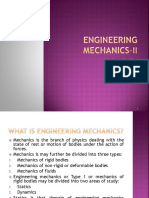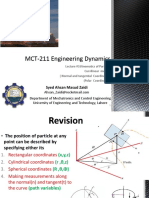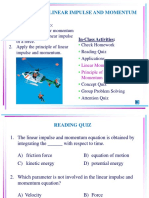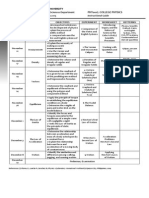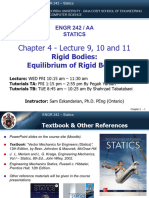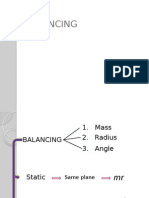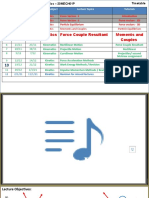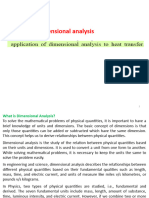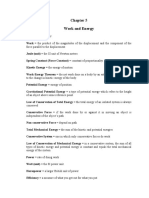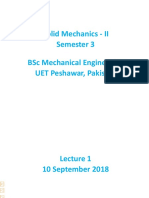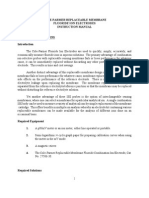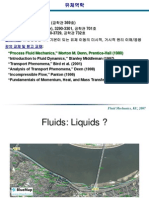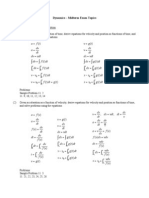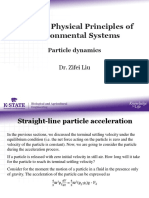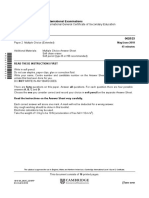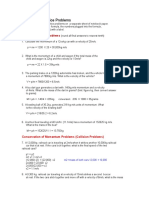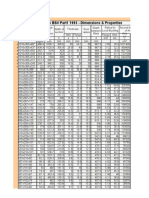0% found this document useful (0 votes)
249 views33 pagesEngineering Dynamics Course Overview
Okay, let me walk through this step-by-step:
(a) Mass in slugs = Mass (lbs) / 32.174
= 3600 lbs / 32.174 slugs/lb
= 111.89 slugs
(b) Weight in Newtons = Mass (lbs) x 4.448 N/lb
= 3600 lbs x 4.448 N/lb
= 16009.2 N
(c) Mass in Kilograms = Mass (lbs) x 0.45359 kg/lb
= 3600 lbs x 0.45359 kg/lb
= 1632 kg
Uploaded by
Anokha LadlaCopyright
© © All Rights Reserved
We take content rights seriously. If you suspect this is your content, claim it here.
Available Formats
Download as PPTX, PDF, TXT or read online on Scribd
0% found this document useful (0 votes)
249 views33 pagesEngineering Dynamics Course Overview
Okay, let me walk through this step-by-step:
(a) Mass in slugs = Mass (lbs) / 32.174
= 3600 lbs / 32.174 slugs/lb
= 111.89 slugs
(b) Weight in Newtons = Mass (lbs) x 4.448 N/lb
= 3600 lbs x 4.448 N/lb
= 16009.2 N
(c) Mass in Kilograms = Mass (lbs) x 0.45359 kg/lb
= 3600 lbs x 0.45359 kg/lb
= 1632 kg
Uploaded by
Anokha LadlaCopyright
© © All Rights Reserved
We take content rights seriously. If you suspect this is your content, claim it here.
Available Formats
Download as PPTX, PDF, TXT or read online on Scribd
/ 33
